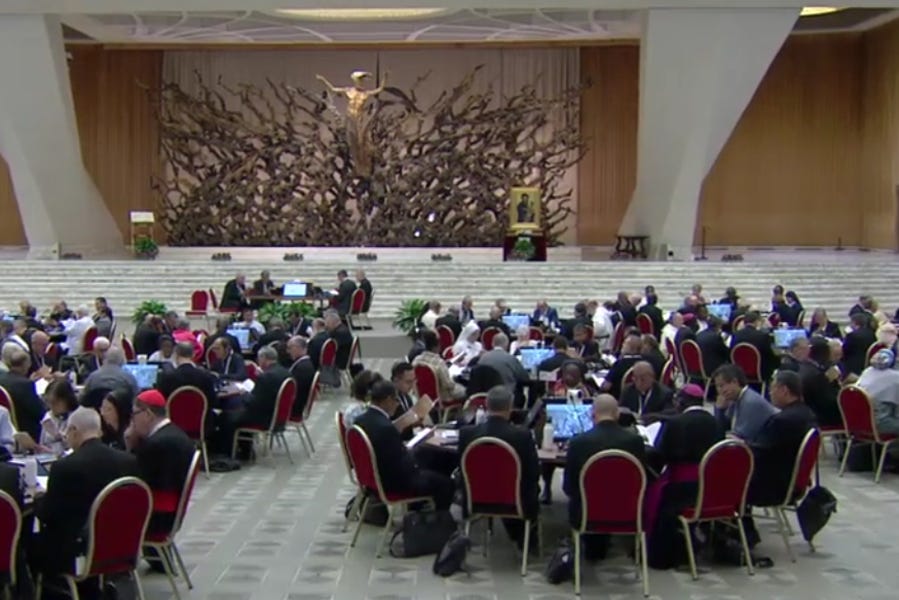Synod confidential: The rules that will shape the assembly
The rules cover everything from voting, to dress codes, to bar service during intervals - so here are the highlights
The long-awaited rules governing the synod on synodality were finally released Wednesday, following the event’s opening Mass.

The 18-page regulations, published in Italian, consist of 31 articles regarding the Oct. 4-29 meeti…
